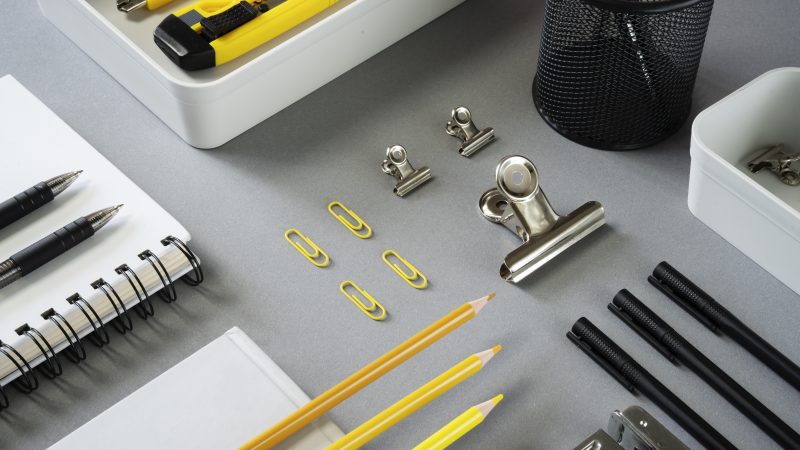How to Choose Your Phased Array Transducer?

Introduction
It can become challenging when trying to choose a phased array transducer.
Phased array transducers are the perfect solution for situations where a large number of point sources exist, and there is no convenient place to put a detector. PATs are available in circular polarization and quad antenna arrays, with variable operating frequencies up to 20 GHz. The more antennas used, the larger the coverage area and greater precision achievable. PATs can be used in many different application areas where point sources of interference are present. This article will explore everything you need to know about phased array transducers and Phased Array Probe Manufacturers.
1. What is Phased Array Transducer?
Phased array transducers are electronic transducers that use an array of ultrasound sources to generate ultrasonic energy at multiple frequencies. They are used in many industrial, environmental and medical testing applications.
The difference between phased array ultrasonic testing and conventional ultrasonic testing is that phased array transducers can create a virtual source at any point in the ultrasound field. This ability allows the user to focus on one particular area of interest without worrying about over-testing other areas. In contrast, conventional single-element transducers send the sound wave in all directions, creating wasted energy that may interfere with the results you are trying to analyze.
2. What’s the Working Principle of Phased Array Transducers?
The basic idea behind phased array technology is to turn on all or some of the transducer elements for each wave shot, which, together with the appropriate delay laws, contribute to the beam’s creation.
The following are three ways that phased array transducers use this technology:
- Electronic scanning: Transducer elements are sequentially energized at a high frequency. When the number of elements is equal to the number of receiving channels, it is equivalent to electronically scanning a standard single-element transducer. This method ensures that the inspection is fast, and no mechanical movement is required during the inspection. You can combine this method with the other methods, which are electronic focusing and beam steering.
- Electronic focusing: By appropriately controlling the delay between each element synchronously with the firing order, you can create a virtual point source that can be moved in space. This method eliminates the need for mechanical adjustments during the inspection.
- Beam steering: By taking advantage of the properties of phased array transducers, you can scan an acoustic beam in a two-dimensional (horizontal and vertical) plane. This is possible by creating a virtual phased array of multiple sound sources. Although this can be accomplished with standard single-element transducers, it is more effective to use phased array technology because it has a faster scanning speed and better beam steering control than conventional single-element technology.
3. How to Select Your Right Phased Array Transducer?
If you are planning to buy a phased array transducer, the following factors must be considered:
- Beam Type: There are various beam types available. Choose the one that you need based on your application. For example, suppose you will use it in a high-end ultrasonic testing application. In that case, you may need to choose the three-beam type, which is effective and stands out among other phased array transducers because of its excellent beam steering ability and accuracy. In addition, it also has good focusing capability and can be used with multiplexing technology.
- Viewing angle: This is also important, especially if you need to see around a corner or wall. You can choose between 3-D and 2-D viewing angles. A wide viewing angle can help you get all the information you need and make your job easier when there are multiple sources of interference.
- The material to be inspected: The material to be inspected should also be considered. This is because many materials used in different application areas require different transducer types. The material choice must be based on the requirements of your application.
- Frequency range: This is another important consideration, especially if you need flexibility with your frequency range or if your job requires scanning more than one frequency range at a time.
Conclusion
Phased array transducers are an excellent choice for critical testing applications requiring speed, accuracy, and flexibility. They can be used in almost any industry, including non-destructive testing and industrial inspection. If phased array ultrasonic testing is right for you, contact us at NDT-KITS to learn more about our phased array transducers and how they can benefit your business. At NDT-KITS, we specialize in designing and producing dependable phased array transducers to give you quality service in flaw detection and inspection of your complex materials manufacturing.






